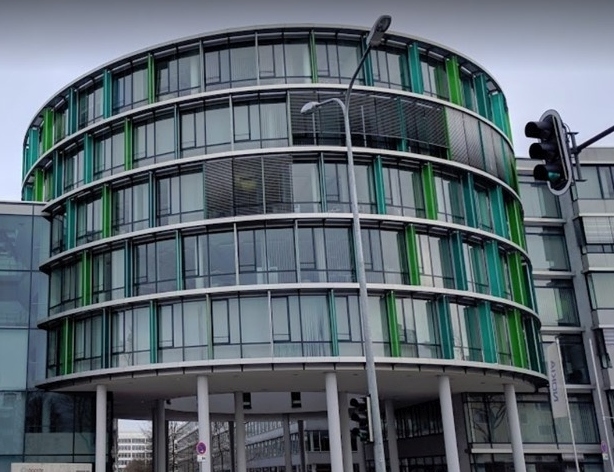The event on December 1, 2017 focused primarily on the technical framework conditions and the possibilities for implementing PMSE-xG in the 5G ecosystem. The concept of network slicing, which is also important for the implementation of PMSE-5G, was discussed in detail.
What is PMSE-xG – application scenarios
PMSE-xG is a cross-industry approach designed to make 5G technology usable for the growing requirements of certain use cases in the creative and cultural industries. PMSE (Program Making and Special Events) includes in particular time-critical (entertaining) communication content for many people. This includes live events – including the technically complex live production of major events – as well as conferences or complex film processes in which material from different cameras has to be merged and processed. Wireless solutions are standard in these scenarios today, but require ever greater bandwidths due to increasing quality requirements for audio and video content. To make matters worse, a number of radio frequencies have been lost to mobile applications in recent years. PMSE-xG is a technical solution designed to enable various forms of PMSE-specific applications via the 5G network. In addition to the radio frequencies previously used, further resources are made available for sound and image transmission and processing at events. Specifically, this involves the integration of microphones, cameras, screens, loudspeakers, in-ear monitors, mixing consoles, editing suites, remote controls or even special services for the audience at live events. All these wireless systems must function reliably and simultaneously in live situations. The workshop made it clear what growing demands the PMSE industry is placing on wireless data transmission.
Requirements for PMSE-xG
With PMSE-xG, a high-quality local network is to be realized that enables problem-free interaction between all applications. The technical requirements for PMSE-xG exceed the requirements often cited in the 5G context for URLLC (Ultra Reliable Low Latency Communication) often cited in the 5G context. This is because PMSE-xG is not only about the reliable and fast transmission of individual data packets as with URLLC, but also about continuous streaming, close synchronization of many different devices and support for high-quality group communication (multicast). Another topic of the event was LSA application scenarios(LSA = licensed-shared access) in the context of PMSE-5G. In LSA models, users of PMSE services make a frequency spectrum available to each other for the duration of the application. The base station and core network are then installed and operated by the users themselves. LSA is seenas a key to the use of PMSE-5G on a larger scale.
Photo: Venue of the workshop: Nokia Networks in Munich, 01.12.2017.
Photo credit: aconium GmbH / Frank Kensy.


